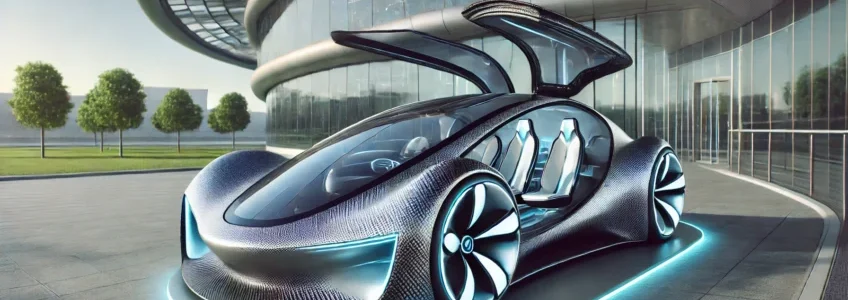Precision aerospace engineering has become a cornerstone in modern aviation, especially as the industry confronts growing demand for speed, reliability and sustainability. Aircraft manufacturers are exploring supersonic and hypersonic flight concepts, while airlines seek more efficient fleets. Meanwhile, passengers want shorter travel times and enhanced safety. In this article, we’ll explore how this specialised field supports aerospace manufacturing, the role of rapid prototyping, the creation of precision aerospace parts and trends in aviation engineering. We’ll also highlight the role of PRV Engineering in this fascinating sector.
Supersonic Travel: The Next Leap in Aerospace Innovation
Supersonic travel is making a remarkable comeback, with recent breakthroughs in detonation engine technology paving the way for faster, more efficient, and cost-effective high-speed aviation. Imagine flying from Beijing to New York in just two hours; the future envisioned by China’s aerospace sector. These advancements promise not only to redefine global transportation but also to drive significant progress in aerospace engineering advancements.
In the quest to create energy-efficient vehicles and greener transportation solutions, carbon fibre batteries are emerging as a revolutionary technology. This new battery technology not only stores energy but also forms part of the structural framework of vehicles, drastically reducing weight and improving overall efficiency. The potential for carbon fibre batteries to reshape industries such as automotive and aerospace is immense.
Hypersonic aircraft represent the pinnacle of aerospace innovation, where speed exceeds Mach 5, propelling aviation into the future. Recent breakthroughs in controlling these aircraft using light-based technology are paving the way for safer and more efficient travel at unprecedented speeds. Optical sensor technology is becoming an integral part of hypersonic aircraft, providing crucial data for flight control and ensuring passenger safety.
With the Farnborough International Airshow highlighting the latest in aviation technology, it’s the perfect time to explore the vital but often overlooked discipline that enables these innovations: precision engineering services. PRV, with its extensive expertise in custom fabrication and precision engineering services, plays a vital role in supporting the aviation industry’s push towards more advanced, efficient, and safer aircraft.
Revolutionising Sustainable Air Travel
In a groundbreaking advancement for sustainable air travel, Sirius Aviation AG has unveiled the world’s first hydrogen-electric eVTOL. This state-of-the-art aircraft, revealed at the MOVE Expo in London, promises to redefine the way we think about air travel, blending cutting-edge technology with environmental consciousness.
Considering the precision required in aerospace design, integrating cutting-edge materials and protective coatings for aircraft stands as a pillar in advancing modern designs. These technologies not only enhance aircraft performance and safety but also contribute significantly to the sustainability goals of the industry. In this article, you will gain a better understanding of the significant role of protective coatings for aircraft manufacturing, offering insights into their benefits and applications.
Aircraft design is a field defined by constant innovation and meticulous attention to detail. Every component and every system on an aircraft is a testament to the precision required in aerospace engineering. This precision is crucial not only for performance and efficiency but also for the safety and reliability of flight operations.
The aeronautics industry is soaring towards unparalleled heights, constantly evolving with innovations that not only break barriers but also reimagine the very essence of flight. One such game-changing development comes from Bristol-based Aeralis, a company that has not just launched a new aircraft, but rather a revolutionary modular jet concept that’s set to redefine the aviation landscape.











Recent Comments